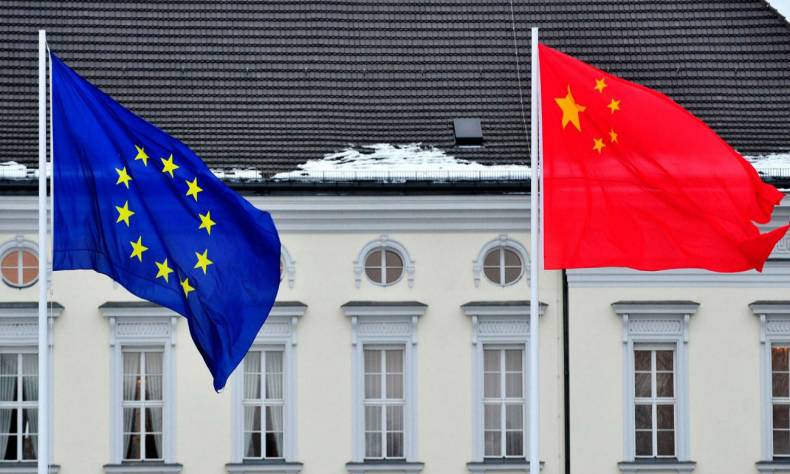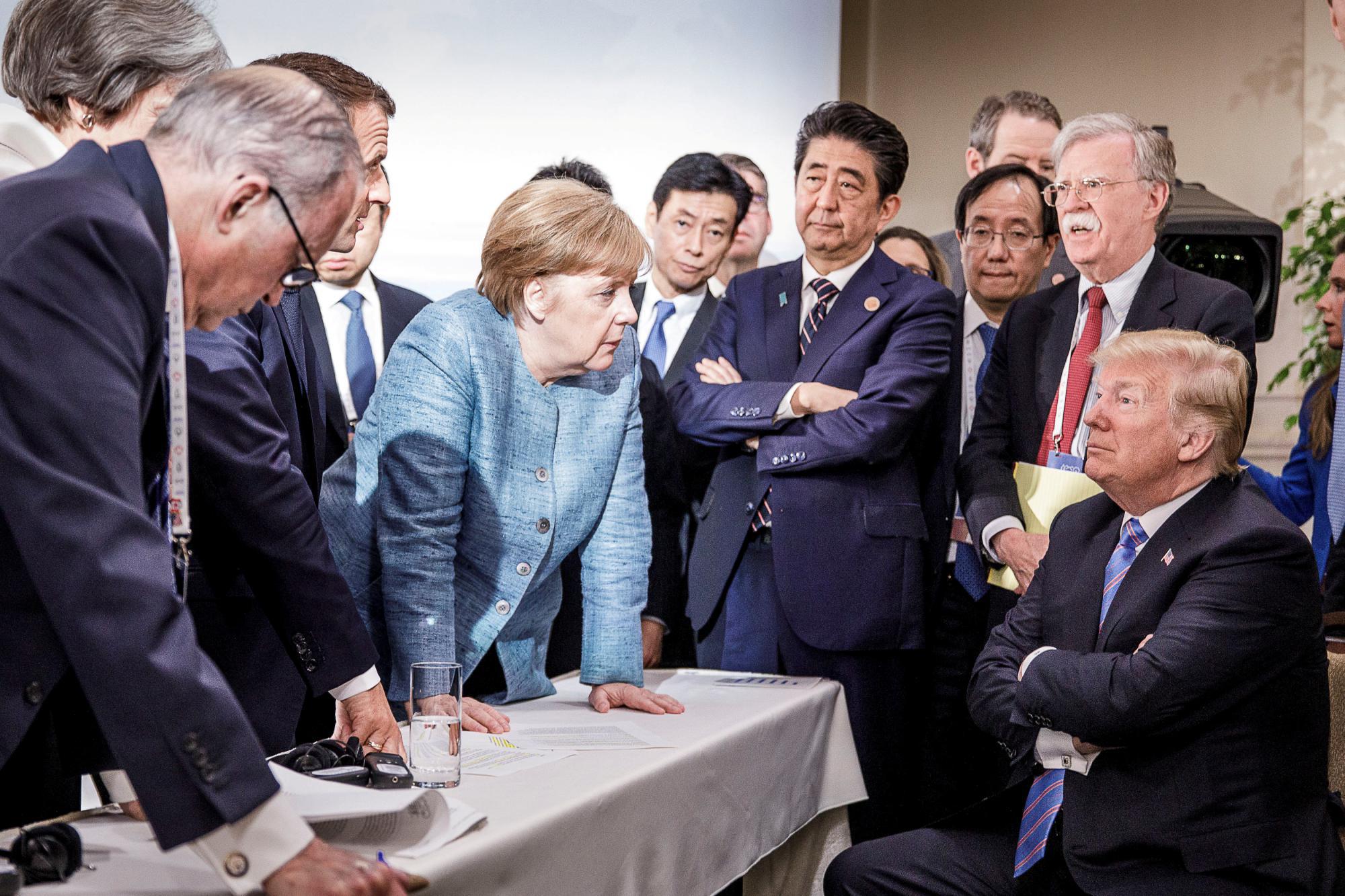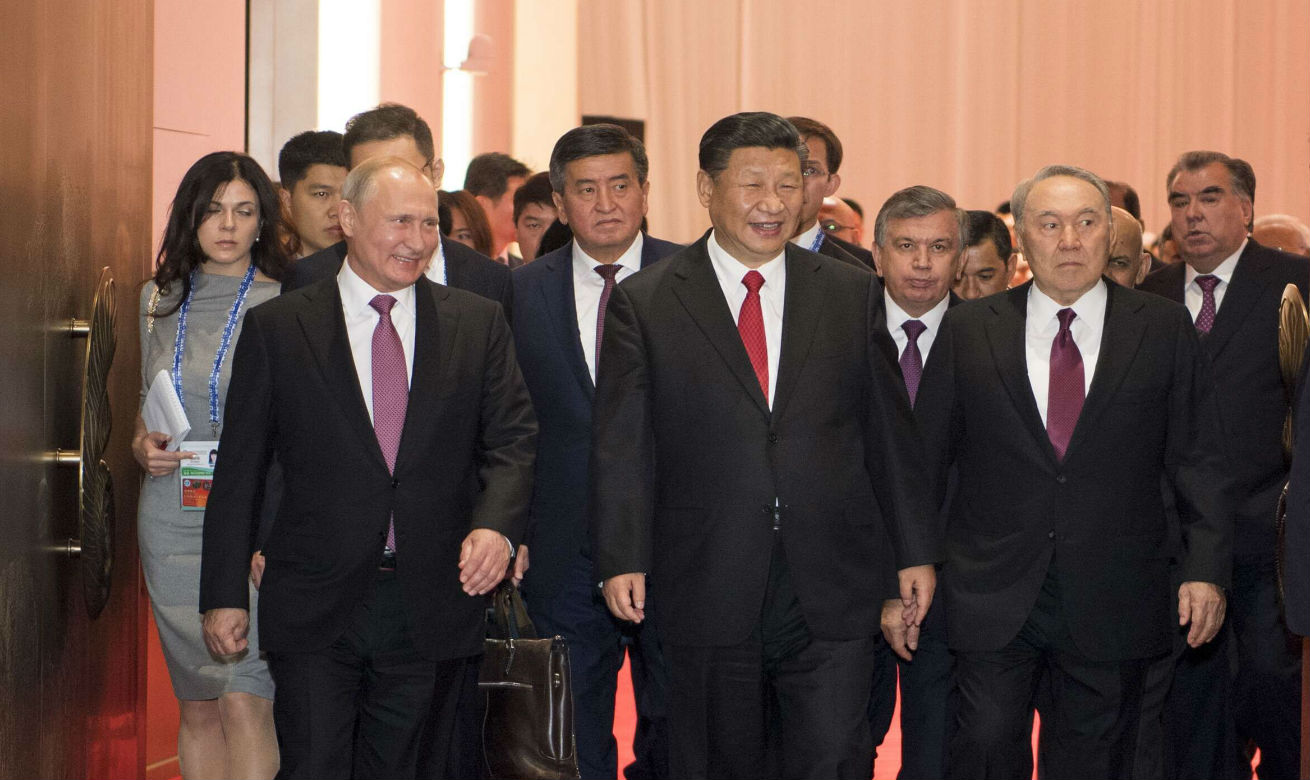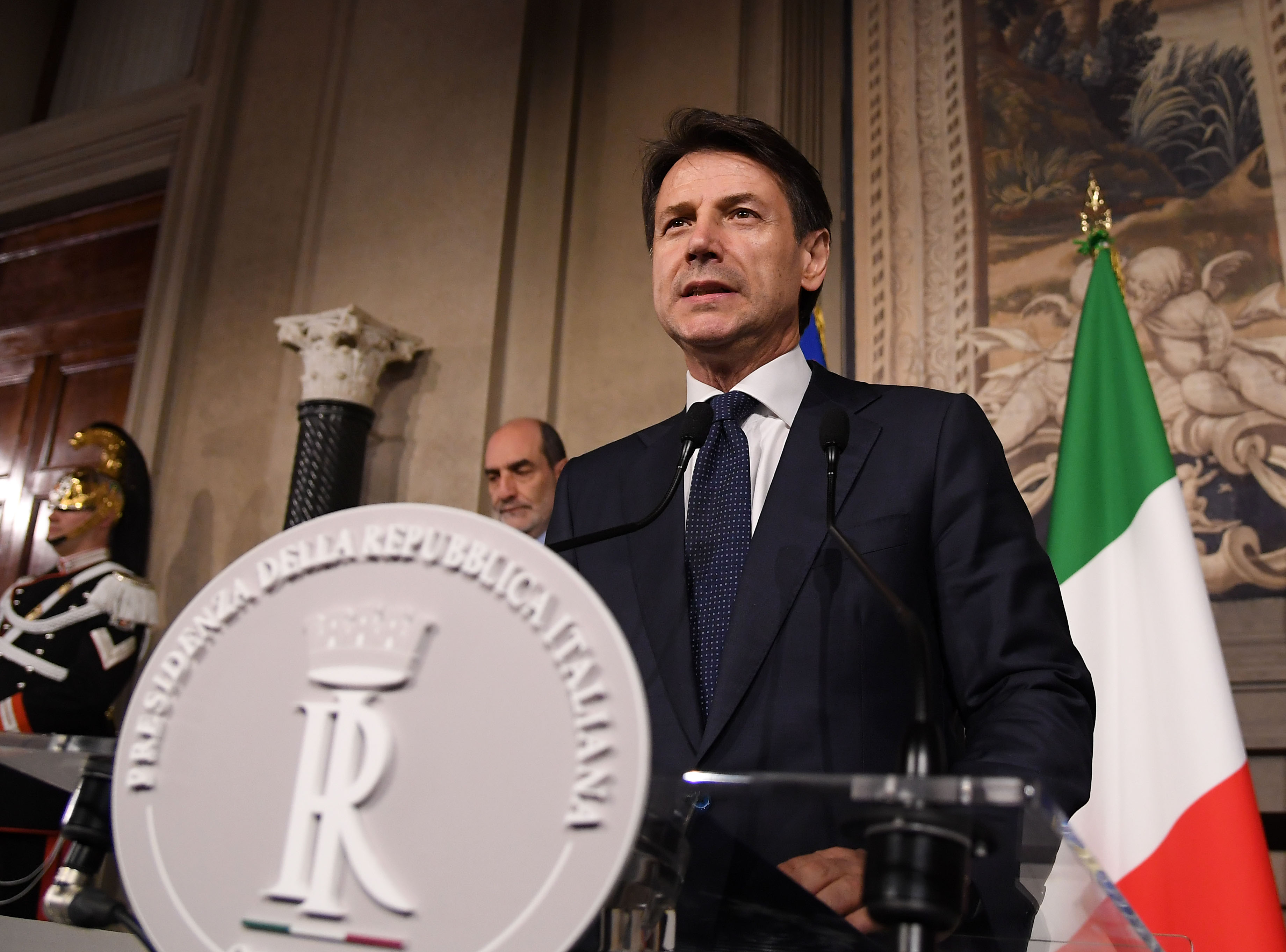
After The Split G7 Summit, EU Leaders Embracing the Belt and Road Initiative
The 7th China-EU High-level Economic and Trade Dialogue is expected to promote bilateral economic and trade ties to a new stage, and inject new impetus to China-EU comprehensive strategic partnership.
By Mariapaola Gironda
The 7th China-EU High-level Economic and Trade Dialogue, held in Beijing on June 25, will highlight topics including global economic governance, trade and investment, innovation-driven development and interconnectivity.
Started in 2007, the dialogue has been the highest level economic and trade meeting between China and the EU, and has played an important role in deepening mutual benefit and cooperation. It is expected to promote bilateral economic and trade ties to a new stage, and inject new impetus to China-EU comprehensive strategic partnership
The Unpredictable US and its Old Allies
The outcome of the G7 summit in Charlevoix, Canada earlier this month drew worldwide media attention, particularly with regard to the increasing isolation of the US. Charlevoix witnessed disagreements on trade deals demonstrating fractures within the Western block. With President Trump’s refusal to sign the joint statement, the outcome of the encounter in Canada saw a rift from the States towards its old allies.
Δ Tensions between G7 leaders
Trump’s threat to apply import tariffs on automobiles means American foreign policy no longer backs the G7 summit’s main aims. Further evidence of this came in Trump’s attempt to invite Russia, a move rejected by EU leaders. The recent imposition of steel and aluminum tariffs by the US on Canada, Mexico and EU increases the distance between former allies.
What appears to be a progressive withdrawal of American international leadership may create an opening for a multipolar scenario where new actors create new balances. While the fractious G7 meeting took place, the rest of the world was focusing on the latest Shanghai Cooperation Organization summit simultaneously in Qingdao, China, and on cooperation in Asia and Eurasia.
Can EU still Count On US?
While the West is troubled by fragmentation, Presidents Putin, Modi, and Xi and other Asian leaders showed the world their will to promote openness at the Shanghai Cooperation Organization summit. While the G7 saw windows of opportunity closing, the other side of the coin revealed more interconnectivity, especially in the Belt and Road Initiative. The Shanghai Cooperation Organization, born of a need to manage disputes over Central Asia, has turned into a collaboration which is becoming more solid over the years. Qingdao also testified to the close relationship between the Chinese and Russian Presidents, based on shared values such as national sovereignty and trade interaction.
As the Chinese media reported, the SCO could replace the American multilateral system that is now being slowly dismantled, with China as the sponsor of globalized interrelations and promoter of global cooperation.
Δ Leaders at the SCO Qingdao Summit
During the G7, EU authorities displayed the clear will to project a politically united union with strong economic connections. The segmented status of the European machine lies in the intergovernmental nature of its organs, which in turn makes the EU a fragmented if still functional institution.
The leaders of Germany, France and Italy stood against protectionism, for fighting climate change, and in favor of growth, gender equality, denuclearization and sanctions against Russia for its support of the Syrian regime. During the G7, Europe showed its will to overcome the possible obstacles that a protectionist US may produce, by strengthening the collaboration between its members. Macron, Merkel and Conte united around common principles, emphasizing respect for the cooperation that the G7 has previously advocated.
A possible response to America’s new order could be to look Eastwards to secure European interests. The terms of this partnership are not yet fully developed, since the interconnectivity proposed by Xi’s new Silk Road is still at its embryonic stage. Nevertheless, analysts and experts are already debating the benefits, the costs, and the modus operandi of the Initiative.
Opportunities for Italy
The newly-designated Italian Prime Minister was present at the Canadian summit, bringing up matters of domestic policy such as migration and the related Dublin Treaty. The new Italian government has resulted from months of negotiations between the two “populist” parties that collected the majority of the votes during the electoral campaign, which differ substantially on a number of issues. Among the reasons for the success of these political forces is the growing dissatisfaction Italian people feels toward a system that appears to privilege the establishment while failing to safeguard the interests of ordinary Italians. It is the anger and the frustration of the general public that has turned these anti-system parties into winners.
Ten years of crisis have increased poverty, while the European Union focused on tackling other issues and the south has continued in backward corruption. The inability of the EU to solve migration problems, and to come to the rescue the Italian economy as a ‘deus ex machina’, has triggered a sentiment against this institution that represents a scapegoat when there is no other actor to blame.
Δ Italian Prime Minister Giuseppe Conte
This has led to the rise of the so-called “Government of Change”, supported by the Five Stars Movement, herald of a reform voted to guarantee a minimum income for the citizens, and the anti-immigrant Legal, moving for the implementation of increasingly liberal tax reforms.
But for all that this government has created a fear that Italy will leave the Euro, such a move is unlikely at the moment. Nevertheless, the Italian establishment is looking towards alternative economic sources able to boost Italian growth. Looking Eastwards, the good relationship that characterizes Sino-Italian cooperation might represent a crucial resource.
The numerous meetings held by the two countries’ leaders embody a mutual respect whose historical roots date back many centuries. As a matter of fact, Italy’s geographical location is of strategic relevance to the route of the Maritime Silk Road. During the last encounter between Italian President Sergio Mattarella and Chinese Premier Li Keqiang, the crucial role of the ports of Genoa and Trieste was emphasized. Moreover, the Belt and Road Initiative could represent a winning policy. On the one hand Italy seizes the opportunity for investments and projects, while China has a vested interest in conveying benefits to Europe through win-win cooperation.
While the US appears to be drifting into isolationism, growing Chinese involvement in global affairs is bringing about opportunities for Europe as a whole, including Italy, while simultaneously paving the way for a shift in the international balance of power.
Mariapaola Gironda,is a China Focus Columnist.
(The article represents the author’s personal opinion which does not represent the China Focus’ stance.)
 Facebook
Facebook
 Twitter
Twitter
 Linkedin
Linkedin
 Google +
Google +













